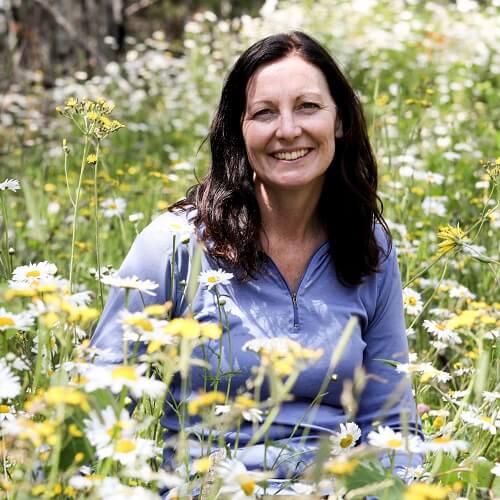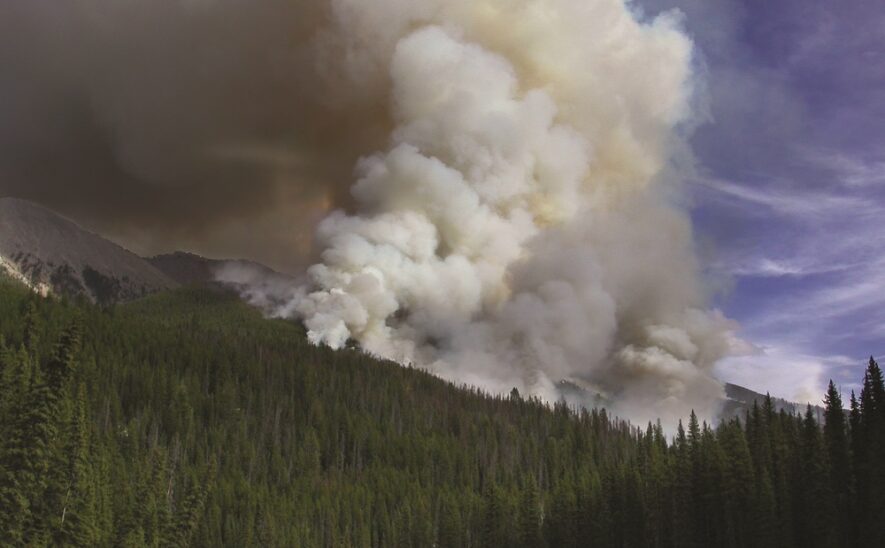
BC’s extreme wildfire season of 2017 is not an isolated event. It is part of a global trend of increasing area burned and extreme fire behaviour resulting in megafires with tremendous social, ecological and economic costs – as witnessed in recent years in western Canada, the USA, Argentina, Chile, New Zealand, Australia, Indonesia, India, Portugal, Greece, Spain, Italy, France… Over the past decade, record-breaking heat waves in spring and early summer meant fire seasons started earlier with longer, more pronounced, summer droughts – BC’s new normal due to climate change. Rather than a once in a lifetime event, 2017 is the pinnacle of several “exceptional” fire years, with tremendous costs to citizens, communities, the province, and forest management companies. Evidently, forests and communities in BC are not resilient to wildfire and adaptation is urgently needed.

Understanding wildfire is a necessary first step to ensure adaptation is effective. Wildfire is an essential ecosystem function and evolutionary force to which many trees, plants and fauna are adapted. In British Columbia, historical fire regimes varied among forest types. At one end of the spectrum, high-severity crown fires burned at intervals of one to several hundred years in subalpine, sub-boreal and boreal forests. Given the cool and mesic climate, these closed-canopy forests have abundant fuels that become susceptible to fire during drought. Over time and space, these fires diversify forest composition, structure and fuels, affecting fire behaviour and forming natural firebreaks – perpetuating landscape diversity and variable fire effects.
At the opposite end of the spectrum, low and mixed-severity fires historically dominated the warm, dry valley-bottom and montane forests in the southern interior (eg PP, IDF zones and dry subzones in the MS, ICH and ESSF zones). Lower severity surface fires burned at intervals of <10 to 60 years, scarring trees and creating openings for new tree cohorts. Surface fires maintained grasslands and open woodlands and reduced surface fuels and understory tree density in montane mixed- conifer forests. Within individual fires and over time, higher- severity fire contributed to stand- and landscape-level forest complexity and diversity.

For many communities in British Columbia, it is not if but when wildfire will pose a threat. Hazardous fuels, the legacies of past (and current) management paradigms, exacerbated by climate change make our forests and communities highly vulnerable to wildfire. Transformative change to fire and forest management requires leadership to overcome these barriers and enable solutions. Forest professionals, experts on managing forests to achieve specific objectives, are poised to make important contributions to safeguard BC communities from wildfire and increase forest resilience. Now is the time to rise to the challenge.
Lori Daniels is an Associate Professor in the Department of Forest and Conservation Sciences. For more information, contact Lori Daniels at lori.daniels@ubc.ca.
Lori Daniels gives a talk on forest fires as part of the “Beyond the Inferno” event at the UBC Forest Sciences Centre, during National Forest Week 2015.


